We may earn money or products from the companies mentioned in this post. This means if you click on the link and purchase the item, I will receive a small commission at no extra cost to you ... you're just helping re-supply our family's travel fund.
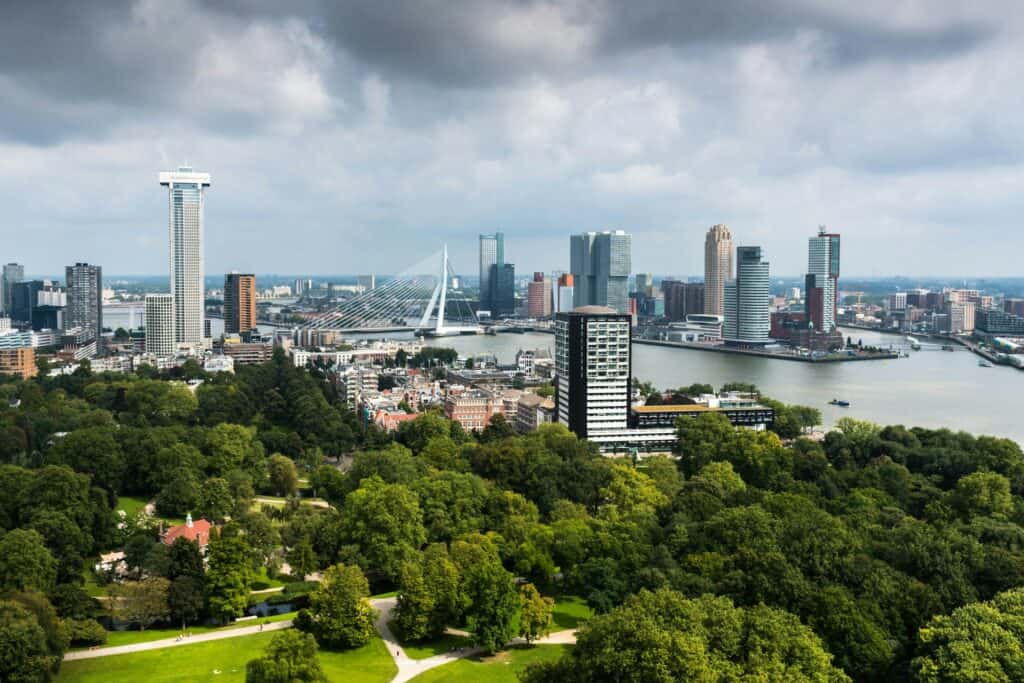
You can love the ocean and still see the risk it brings. Across the world, coastal cities are adapting to higher tides, stronger storms, and streets that flood even on sunny days. When you travel to these places, you witness both beauty and urgency. Walk the promenades, talk with locals, and notice how parks, seawalls, and wetlands are stitched into the fabric of daily life. What stays with you is not fear but respect for how people live with water on their own terms.
Miami, United States
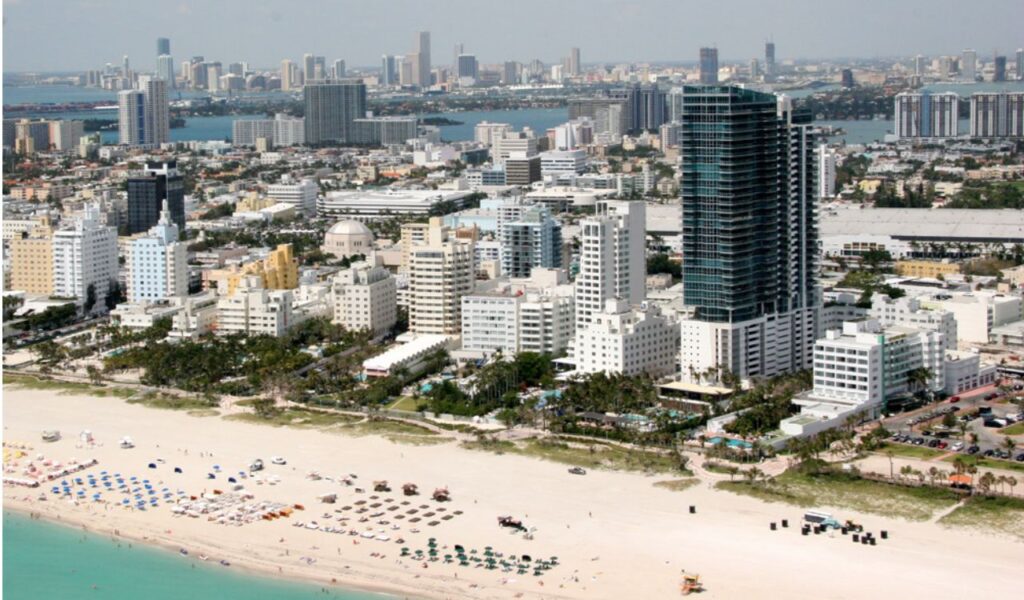
Miami shines with light and color, but you quickly notice water rising into the streets during king tides. The city has started lifting roads, adding pumps, and redesigning green spaces to act like sponges. Murals, markets, and music festivals go on even with adaptation projects in the background. When you stroll Wynwood or bike along Biscayne Bay, you see resilience as part of daily life. Travelers can support by staying in eco-certified hotels and exploring the reefs that help shield the coast.
New York City, United States

New York remembers Hurricane Sandy vividly, and its waterfront reflects that memory. You walk past dunes restored in the Rockaways, oyster reef pilots near Staten Island, and new floodwalls rising along the East River. Parks double as storm buffers, while ferries give you a view of how the city faces the water with determination. Stop at community exhibits that explain resilience plans, then linger at a raised esplanade as dusk sets in. The city doesn’t hide its vulnerability—it turns it into planning.
New Orleans, United States
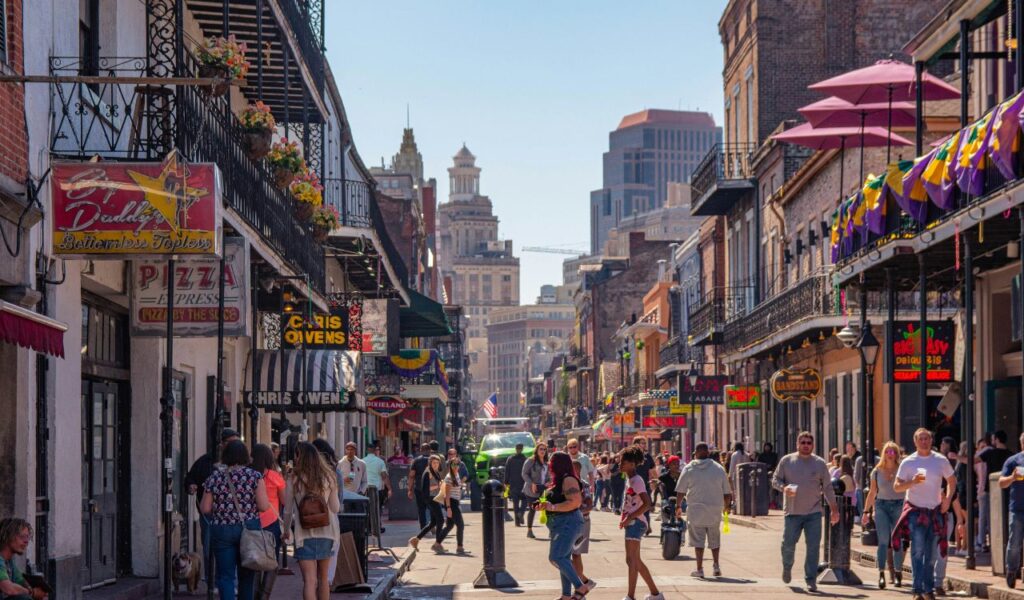
In New Orleans, water shapes identity as much as food or music. You see levees and surge barriers stretching across the horizon, then wander neighborhoods where rain gardens and porous pavement keep streets livable. Guides explain why wetlands matter as storm protection and why marsh loss is as urgent as jazz is joyful. Walk along Bayou St. John, take in the music on Frenchmen Street, and remember the lessons of Katrina. The city carries risk, but it also carries unmatched resilience.
Venice, Italy
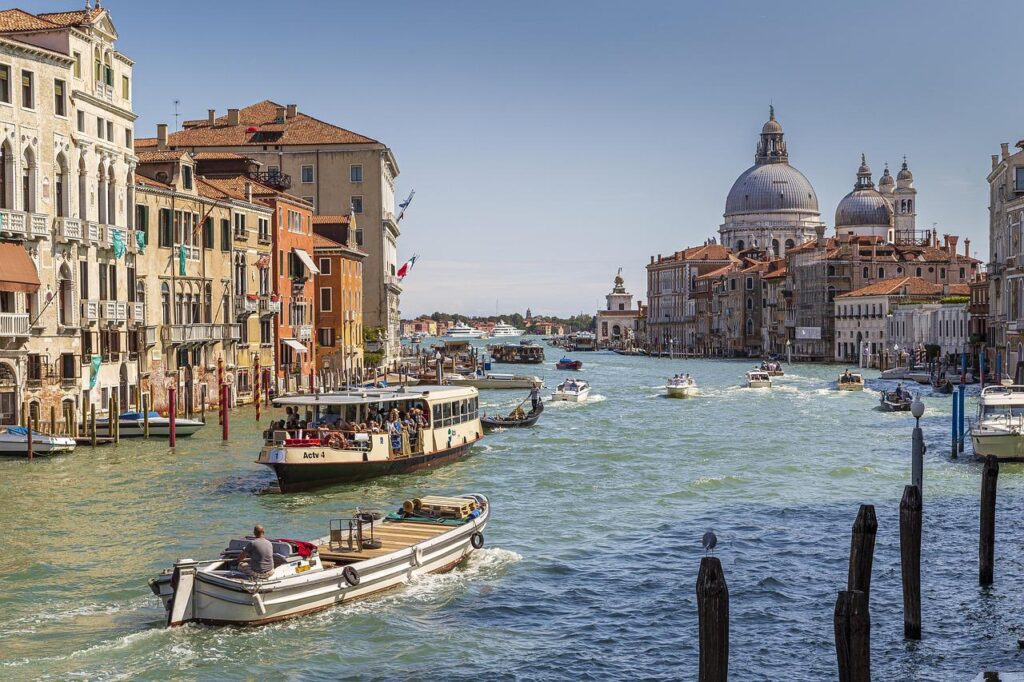
Venice looks timeless, yet it lives by tide charts and barriers. Acqua alta once meant flooded squares, but now the MOSE gates rise offshore to block surges. You can still see platforms stacked for walkways, and the rhythm of daily life adjusts to forecasts. Stroll quiet alleys where laundry hangs above canals, or ride a vaporetto past flood walls disguised as stone. Venice protects its fragile heritage with a mix of engineering and tradition, and the city asks visitors to walk gently.
Rotterdam, Netherlands
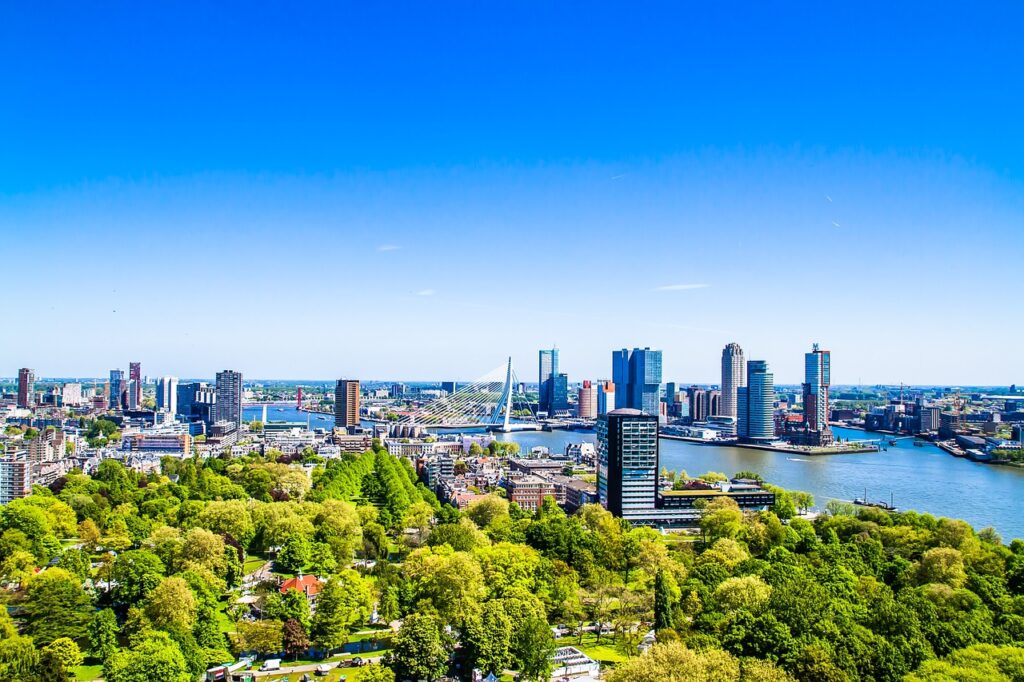
Rotterdam doesn’t just defend against water—it embraces it as part of design. Public plazas sink into basins during storms, floating parks move with the tide, and dikes look like grassy hills. Biking through the city, you pass canals, gardens, and architecture that all absorb and redirect water. Museums explain the massive flood barrier, but daily life shows the smaller innovations. Order a coffee at a waterfront café and watch a space built to flood and recover without fuss. Adaptation feels natural here.
Jakarta, Indonesia
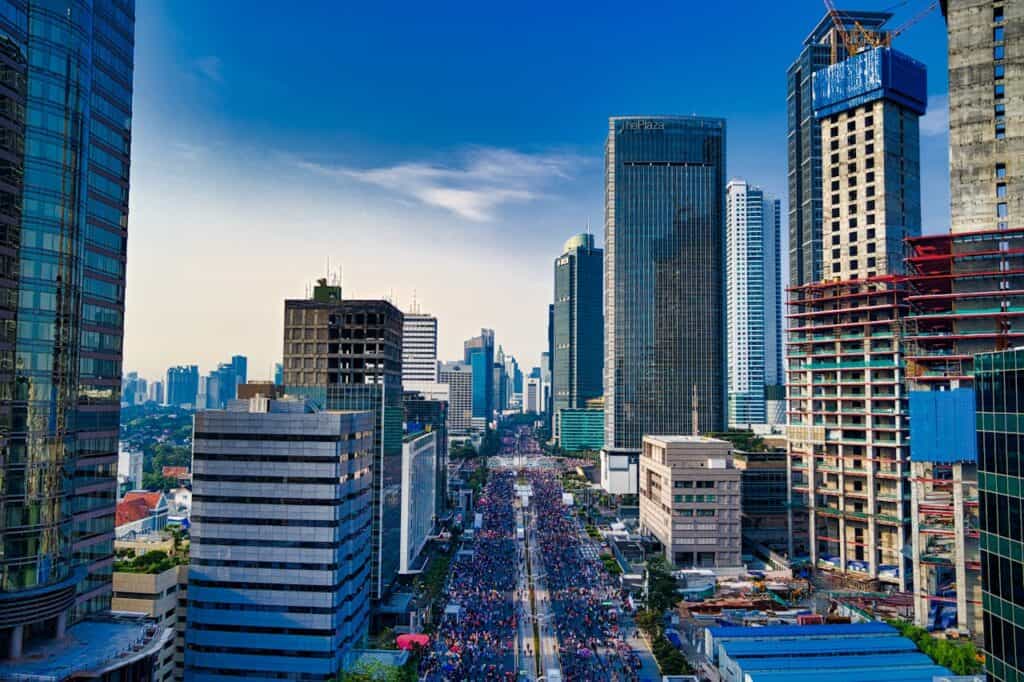
Jakarta struggles with the sea on one side and sinking land on the other. You’ll see new sea walls built by communities, pumps keeping markets open, and debates about the planned relocation of the capital. Despite challenges, daily life hums in harbors and riverside districts. Explore the old port of Sunda Kelapa, talk with locals about tidal change, and notice how small acts of resilience add up. Jakarta may look chaotic, but its people show resourcefulness that matches the city’s scale.
Bangkok, Thailand
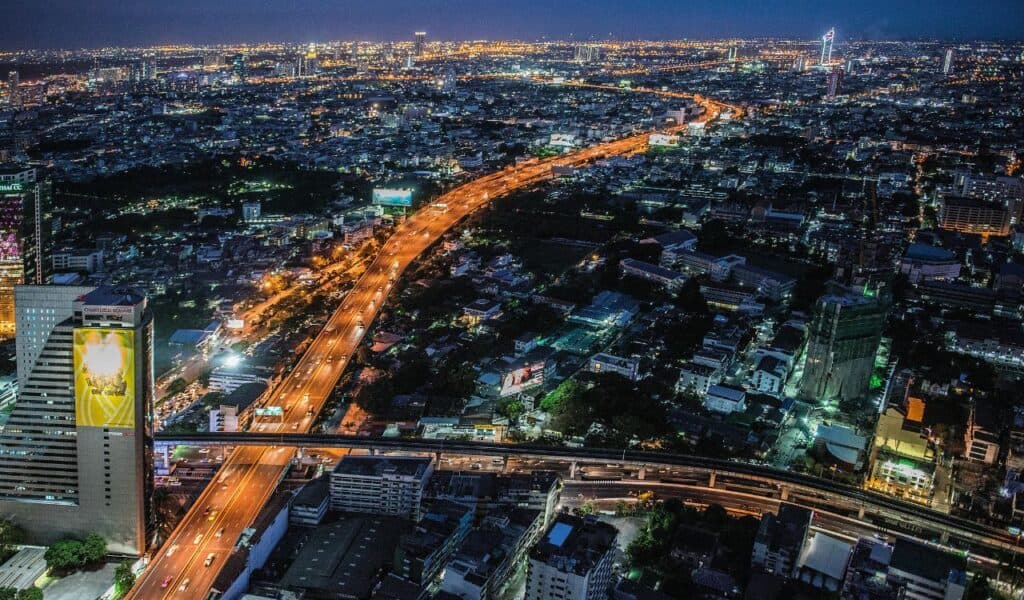
Bangkok listens carefully to the Chao Phraya River. Green parks designed to tilt and hold stormwater, cleared canals, and elevated temples show how the city manages flood risk with creativity. Vendors know which lanes flood after a storm, and boat rides reveal the blend of old walls and new designs. Visit in the cooler months when rain is lighter, and pay attention to how public spaces double as flood buffers. Adaptation here isn’t abstract—it’s part of how the city breathes each day.
Mumbai, India
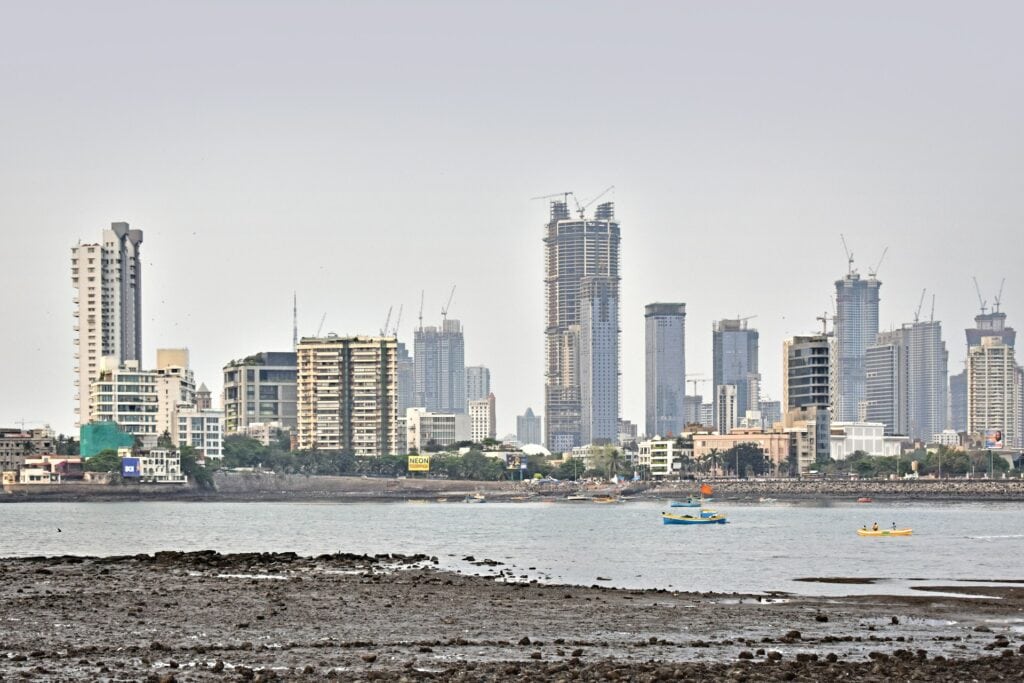
Mumbai is fast and crowded, yet you notice how it prepares for the monsoon. Pumping stations, sea walls, and mangrove reserves all share the job of keeping the city moving. Railways run along raised lines, and neighborhoods clean drains before June to stop waterlogging. Walk along Marine Drive at sunset, visit the markets of Colaba, and ask locals about the monsoon. You’ll hear pride and frustration in equal measure. The city doesn’t pause for storms—it learns to carry on with them.
Alexandria, Egypt
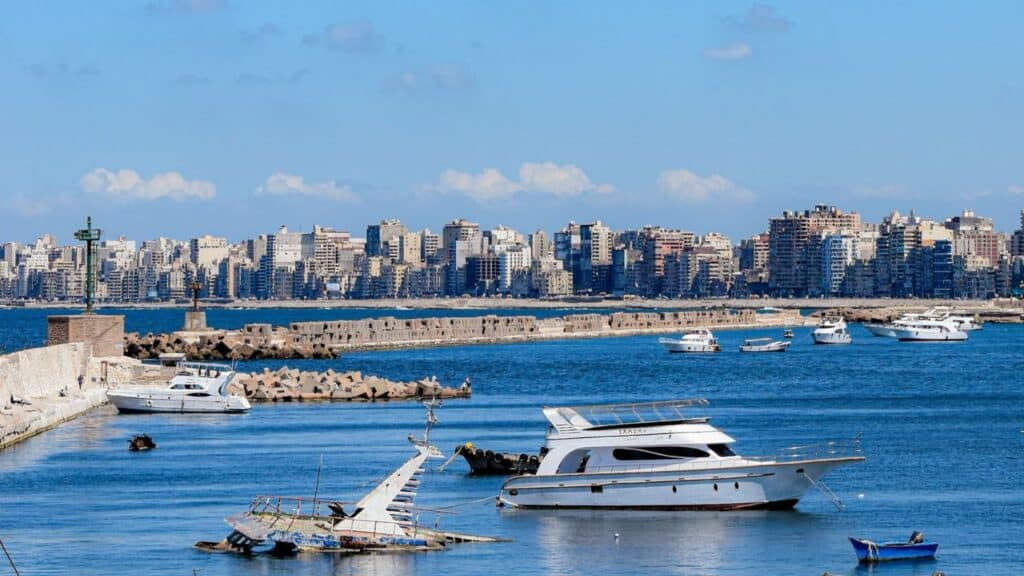
Alexandria holds its past close while planning for its future. The Mediterranean keeps inching higher, threatening archaeological treasures near the shore. Breakwaters line the Corniche, sand nourishment projects refresh the beaches, and new drainage channels redirect stormwater. Walk along the harbor, visit the modern library, and ask guides about how ancient ruins are being protected. The sea is always visible, sometimes calm, sometimes rough, and it shapes the way Alexandrians talk about heritage, memory, and survival.
Malé, Maldives
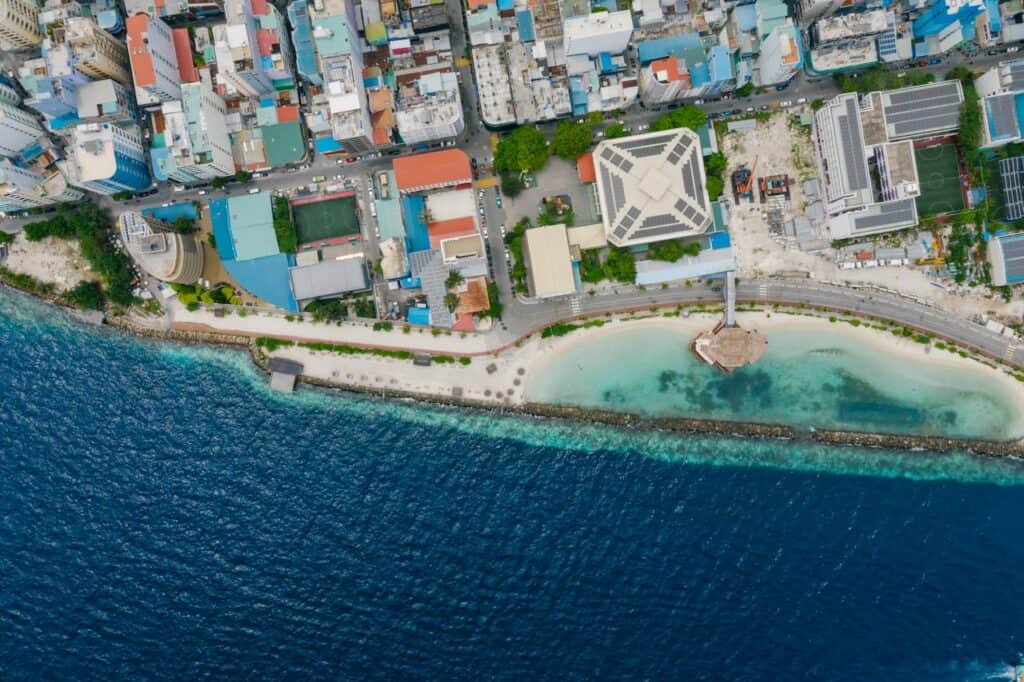
Malé sits low against the sea, defended by walls and surrounded by new artificial islands built higher. From a jetty, you can see coral restoration projects working as natural shields, while desalination and water plants keep residents supplied. The city feels dense and immediate, with every block used carefully. Travelers can support reef-friendly guesthouses and dive with operators restoring coral. Life here is precise and deliberate, because every inch of elevation counts. That urgency is woven into every sunrise and tide.